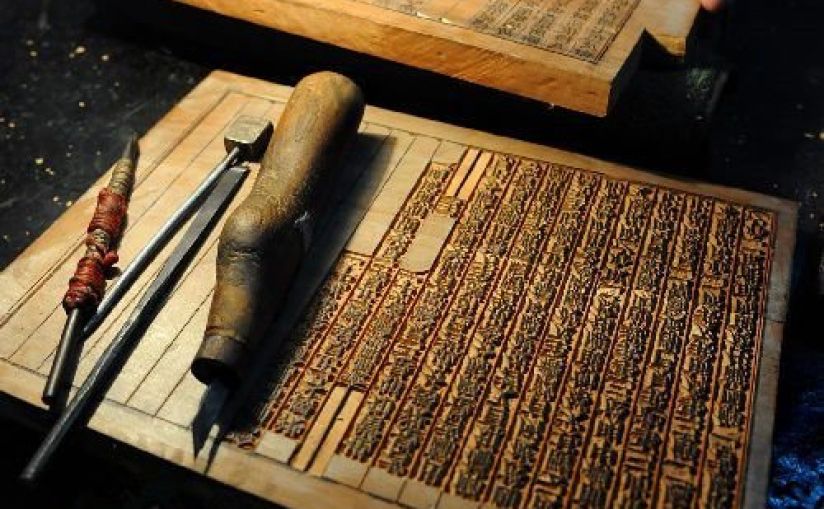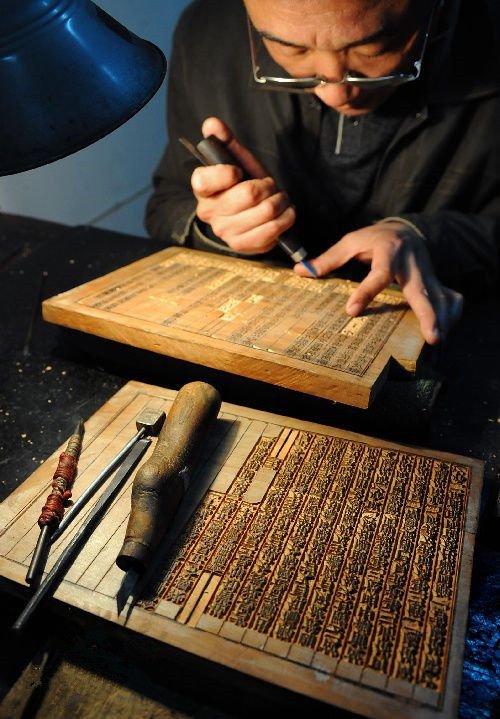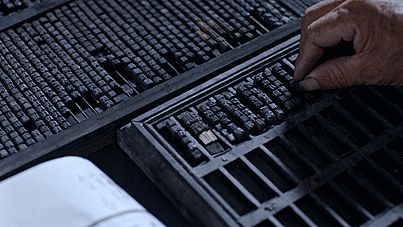I always thought that the history of graphic design was on its own, having no relation to the history of art and the different art movements that emerged throughout the years. But through the past few lectures, I learnt that the history of graphic design goes along with the history of art, with each movement influencing the different styles of graphic design and how graphic design isn’t just about the layout but also the type, forms, images and the techniques.
Even though I learnt quite a lot from the lectures, I feel like I spent more time trying to memorise the terms and names rather than understanding the concepts. I think it might be because there is too much content compact into 4 weeks. However, I’m amazed at how much we have learnt and I think it is quite useful to know about graphic design even though I might not be in visual communication. Overall, I think the past 4 weeks were enjoyable and I’ve learnt a lot from Desmond.









